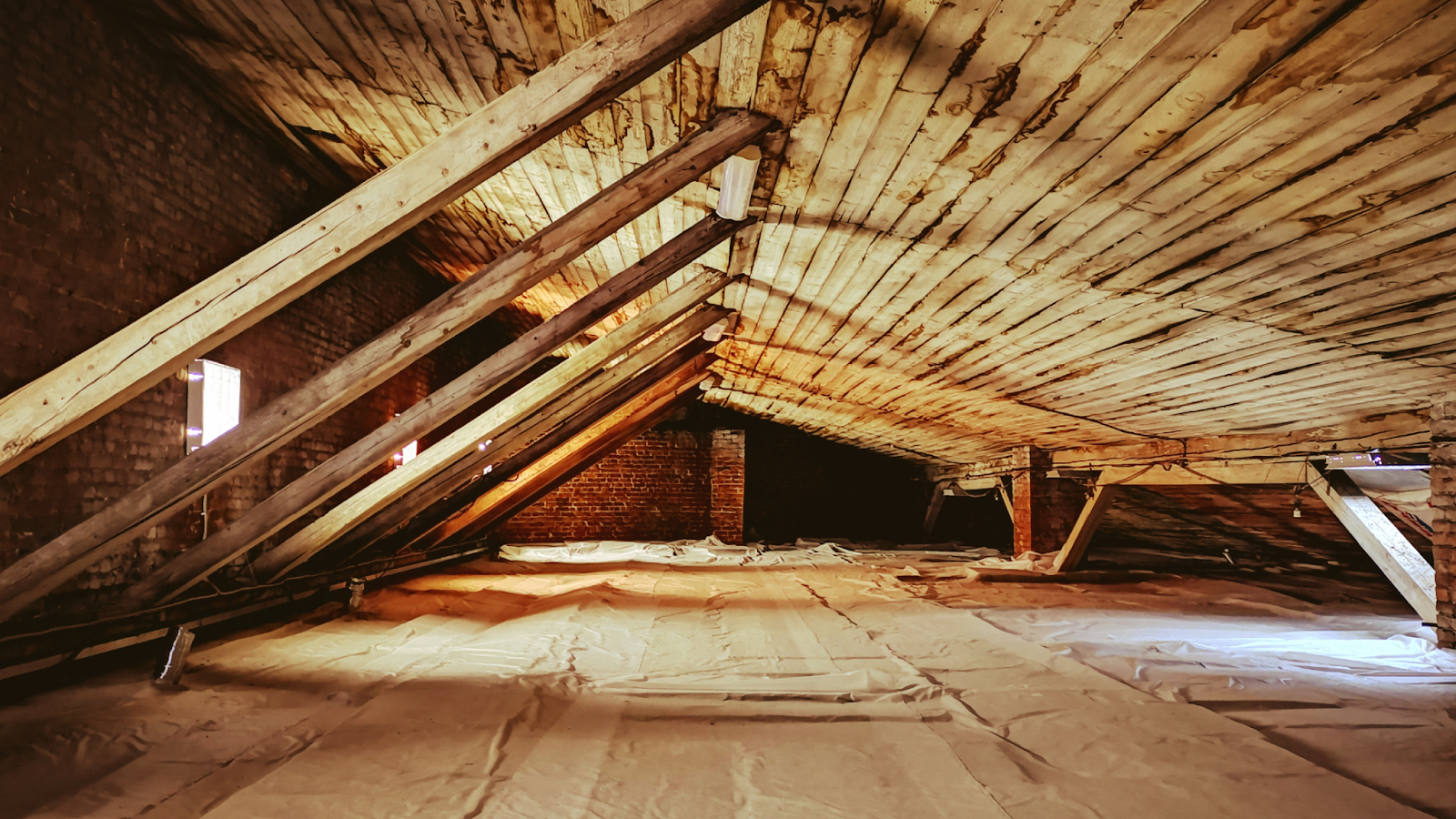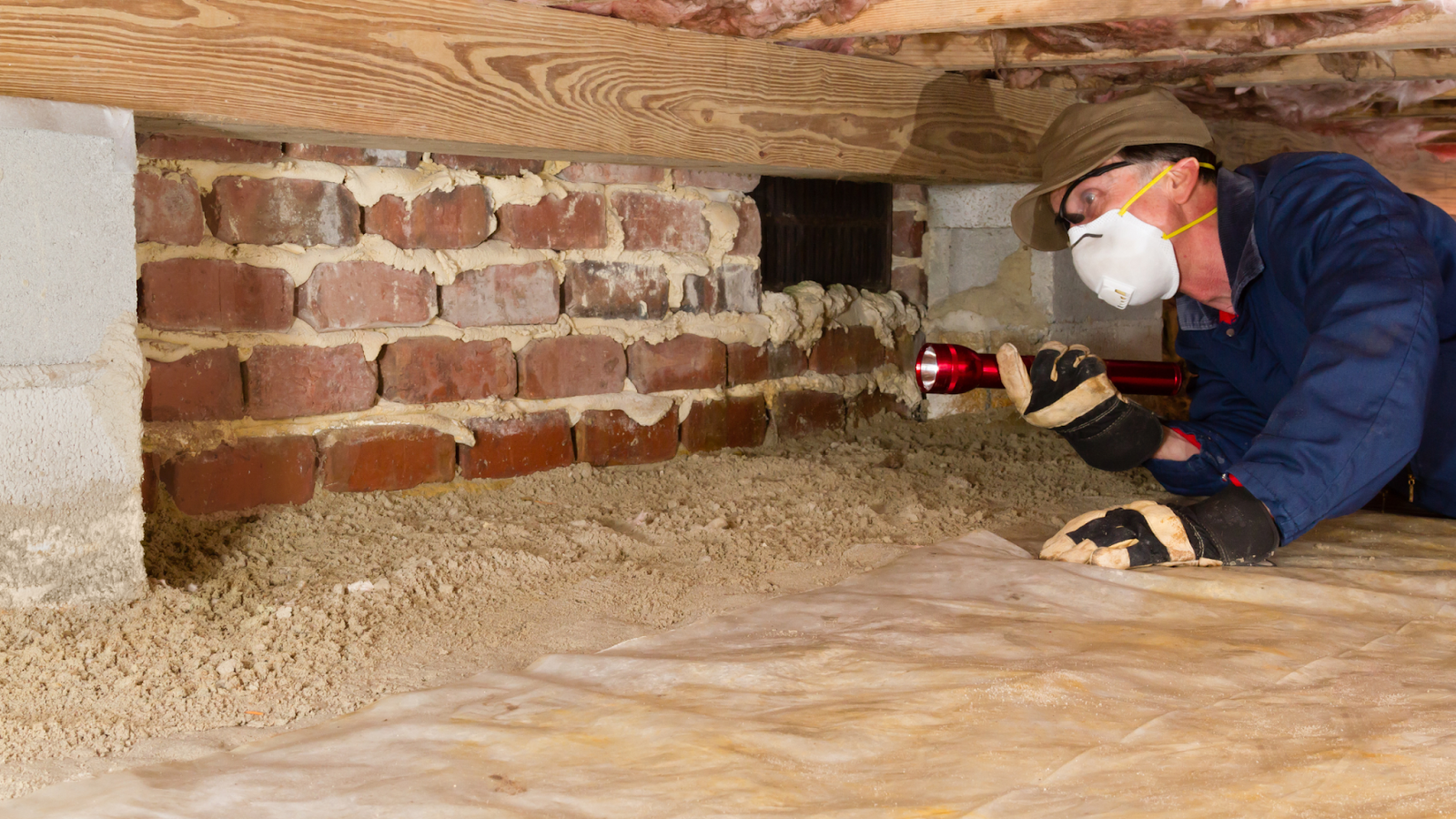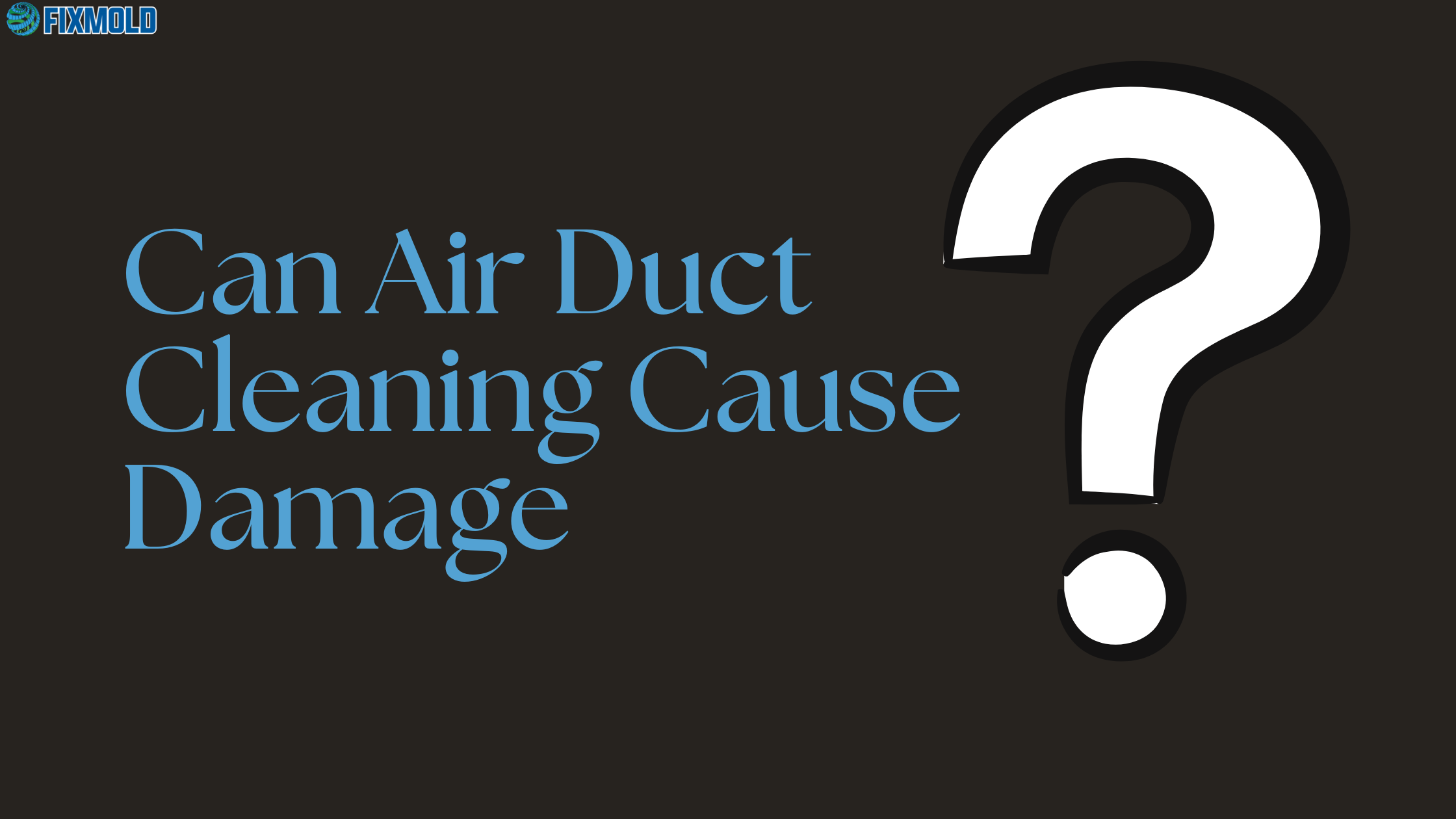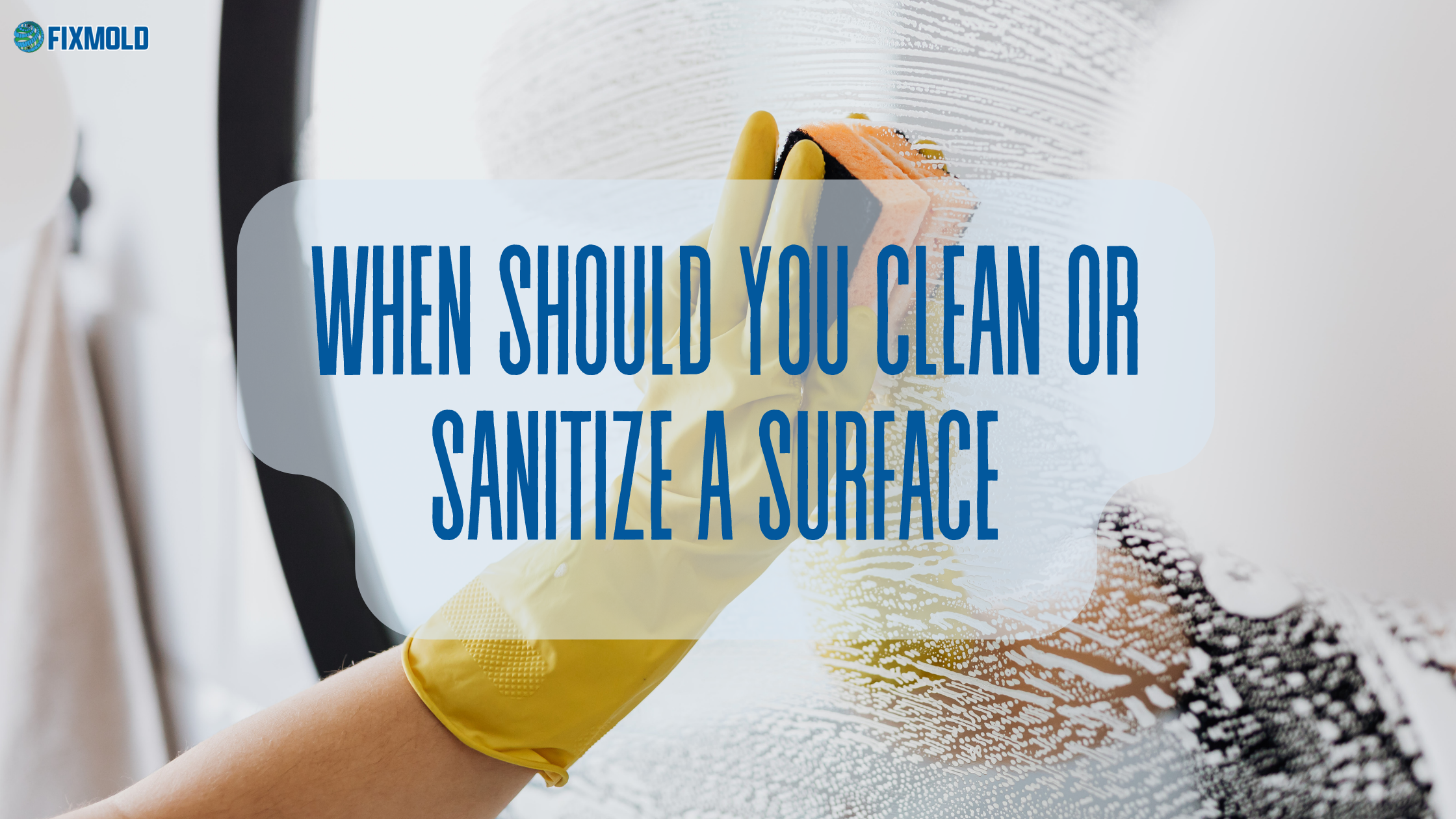
When Should You Clean Or Sanitize A Surface
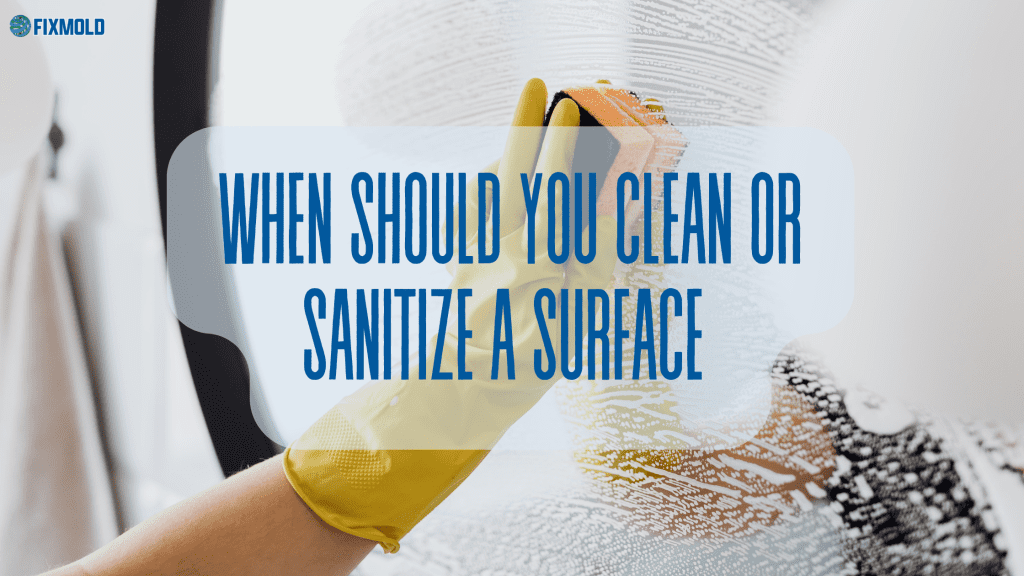
You should clean or sanitize a surface when it is visibly dirty or contaminated.
Cleaning and sanitizing are both important steps in preventing the spread of harmful bacteria and viruses. In order to be effective, both processes must be done correctly and regularly.
Cleaning removes dirt, grease, and other debris from a surface. Sanitizing kills any bacteria or viruses that may be present on the surface. Both cleaning and sanitizing should be done after each use, but especially after contact with raw meat or poultry, or after any spills of food or liquid.
Blog Outline
1. Sanitizing a surface is important for preventing the spread of germs and bacteria
2. There are different ways to sanitize a surface – choose the right method for your needs
3. How to clean different types of surfaces
4. Tips for keeping your home clean and sanitized
Sanitizing A Surface Is Important For Preventing The Spread Of Germs And Bacteria
Sanitizing a surface is an essential step in ensuring the prevention of the spread of germs and bacteria. It is especially important for areas that have frequent contact with people, such as door handles, kitchen counters, and bathroom surfaces. Sanitization can be done with chemical cleaners, antibacterial wipes, or any other method that provides adequate destruction of germs and bacteria. It is important to make sure that the surfaces are completely clean and free of dirt, dust, and other substances that could potentially harbor harmful organisms. Additionally, it should be done on a regular basis to maintain a safe environment. With proper sanitization practices in place, it is possible to reduce the chances of any infectious diseases spreading in a given area.
Keeping surfaces sanitized is an important part of good hygiene and is especially necessary during flu season or other times when the spread of germs is more likely. Sanitization may also be needed after someone has been ill or has had contact with potentially infectious materials, as this can help prevent the further spread of any pathogens.
There Are Different Ways To Sanitize A Surface – Choose The Right Method For Your Needs
There are many ways to sanitize a surface, and it is important to choose the right method for your needs. For instance, if you are looking for a quick and thorough solution, using a disinfectant is often the best way to go. Disinfectants kill bacteria, viruses, and fungi on contact and are effective at killing germs in a short amount of time. It is important to use the correct concentration, as some chemicals can be corrosive or cause other harm.
Other sanitizing methods include physical cleaning, such as scrubbing with hot water and soap, using steam cleaners, and wiping down surfaces with alcohol-based wipes. These methods are effective at removing dirt and debris, but they do not necessarily kill bacteria or viruses.
How To Clean Different Types Of Surfaces
Cleaning different surfaces is an important part of keeping a healthy and pleasant environment in the home. Knowing how to clean each type of surface properly is key for achieving this goal. The following tips will help you to successfully tackle the task of cleaning different surfaces and make sure that they look their best.
When it comes to hardwood floors, the key is to start with a vacuum and then continue with damp mopping. Make sure to use a cleaner that is specifically made for wood floors as this type of cleaner will not damage the finish or wax coating. If needed you can also buff the floor afterwards using an appropriate polishing product. It is essential before touching the wood to determine if the floor needs to be taken out due to water damage.
For tile surfaces, it is important to use a cleaner that is suitable for the material. For example, if the tile is ceramic or porcelain, you should stick with a mild soap and warm water solution. However, if the tile is made from stone then it would be best to use a specialized stone cleaner. After cleaning, make sure to rinse the area well with clean water.
When it comes to glass surfaces, the key is to use a streak-free cleaner with a microfiber cloth. This type of cloth will help get rid of any smudges or fingerprints without leaving behind streaks. Make sure to avoid harsh abrasive cleaners as these can cause scratches and other damage to the glass.
Tips For Keeping Your Home Clean And Sanitized
Keeping your home clean and sanitized is essential for promoting a healthy and safe environment. Here are some tips to help you stay on top of the job:
1. Regularly change your AC unit filters every 3-4 weeks, vacuum, sweep, and mop your floors to remove dirt, dust, and debris. Vacuuming carpets and area rugs helps to get rid of any allergens that may be lurking in them.
2. Clean up spills as soon as they happen. This will help prevent bacteria, mold, and mildew from forming. Also, make sure to clean and sanitize countertops after preparing food or eating a meal on them.
3. Don’t forget about your windows and mirrors. Wipe them down both inside and outside on a regular basis to keep them streak-free.
4. Dust furniture, shelves, picture frames, and other items regularly to prevent dust buildup.
5. In every bathroom, especially the ones with a shower inside should always have the exhaust fan running in order to prevent condensation buildup. Same goes for the kitchen when cooking food. We want to prevent the humidity from building up and forming mold.
6. Empty the trash every day so that your home doesn’t become overrun with garbage.
7. Wash your bedding, linens, and towels at least once a week to keep your home free of bacteria.
8. Clean bathroom surfaces often with an approved cleaner or a solution of vinegar and water.
9. Disinfect door knobs and handles on a regular basis to help prevent the spread of germs.
10. The AC unit closet should not have any items inside. This will allow airflow to properly run through the coils and blower to ensure indoor air quality is at its finest. Most importantly, do not turn off your air condition units.
Conclusion
The best time to clean and sanitize a surface is when it becomes visibly dirty. However, germs can still be present on a surface or even in the air if it doesn’t look or smell dirty. It’s important to clean surfaces regularly, especially in high-traffic areas. In addition to cleaning when it becomes visibly dirty, you should also disinfect surfaces regularly to kill any harmful bacteria that may be present. Call a professional that has access to these off market signature protocols to ensure everything is done in the most professional way.

